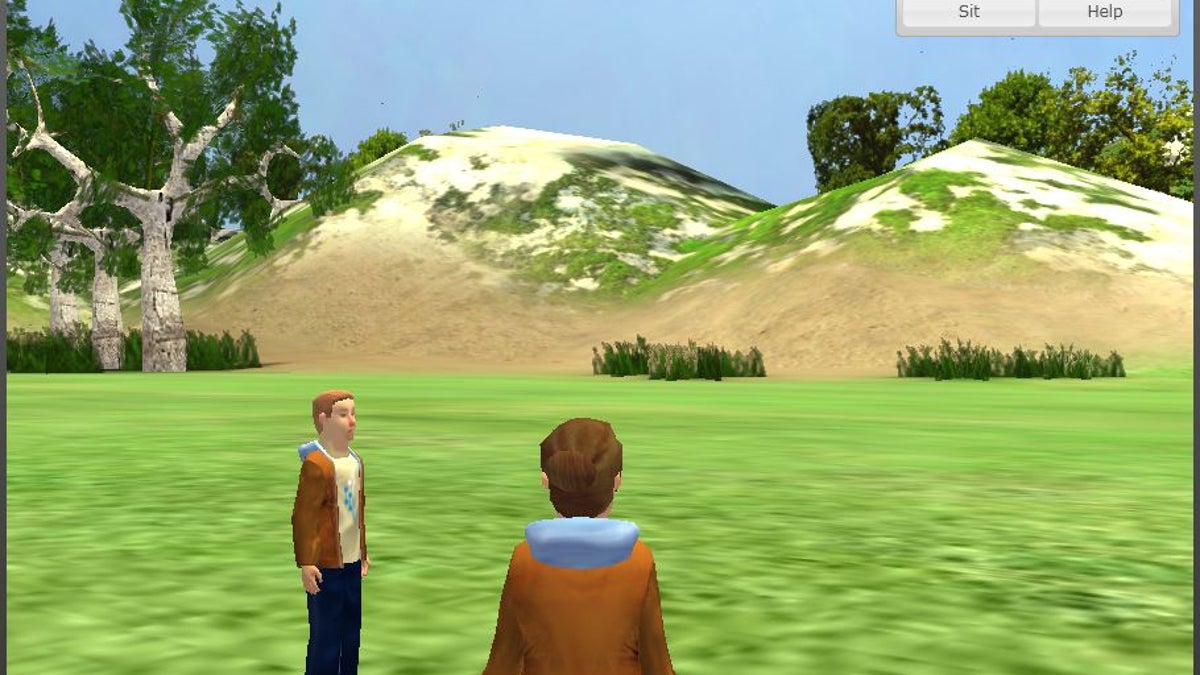WebGL powers 3D virtual world on the Web
Start-up Katalabs shows off a 3D world that browsers can render with new Web technology. But will Microsoft sign up for WebGL?

One of the obstacles to Second Life popularity is the fact that people must install specific software to visit the site. One of the promises of a 3D technology called WebGL is that such worlds could be drawn directly in a browser.
Now a company called Katalabs, formed by a number of Stanford researchers, has done just that with a virtual world project called KataSpace. A version can be explored online with a browser such as Firefox 4 beta 7 (Windows | Mac | Linux) that has WebGL support.
KataSpace uses the Web technologies to create a user interface for the open-source Sirikata platform for multiuser 3D world, Katalabs said in a blog post.
The demonstration world is workable but primitive, with only two avatars to pick from, some jerky movement, and terrain that avatars walk through rather than over. But it does serve to show that WebGL is moving from concept to reality.
3D on the Web is a competitive area, with WebGL support being built into Firefox, Chrome, Safari, and Opera--the four browsers that all trail Microsoft's Internet Explorer in usage. Adobe Systems also is at work building a roughly similar low-level 3D interface into its Flash technology that's already widely used today for online games.
Google, which has formidable marketing muscle and growing clout in the browser market, plans to put some of its marketing muscle behind WebGL. It can be tried today in the developer version of Chrome 9; the final version should ship some time in January.
"The Chrome experiments team is building a section specifically for WebGL," said Henry Bridge, a Google Chrome product manager. The Chrome Experiments site showcases new Web technology.
Microsoft is cagey about its WebGL plans. In the past, the software giant's Dean Hachamovitch dismissed it as not meeting the "same markup" goal the company advocates with Web technologies, meaning that a Web developer should be able to write one version of a Web page that should load in all browsers. Of course, if Microsoft joined the WebGL effort, it could well meet that "same markup" goal.
Microsoft, however, also has its Silverlight browser plug-in. The company announced yesterday that the upcoming Silverlight 5 will include a lower-level hardware-accelerated 3D graphics interface, too. However, Silverlight 5 has been under a cloud after earlier Microsoft remarks that indicated HTML, the language of the Web, was stealing some of its the thunder.
Microsoft plans to ship Silverlight 5 in beta form during the first half of 2011 and in final form by the end of 2011.

